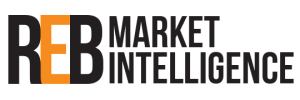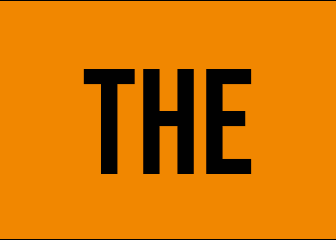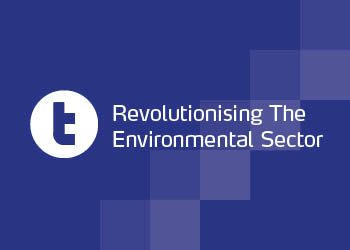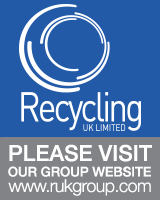Valpak’s head of procurement James Armitage gives his opinion on the PRN market
Over the last few weeks, the PRN market has had a chance to react to the largely positive Q2 reprocessing figures. Paper, wood, steel, aluminium, and glass all had strong reported volumes, and plastic had positive volumes but not quite to the degree of other materials.
After two quarters of strong figures, the UK is in a strong compliance position with all materials achieving over 50% for their year-to-date position when you include carry forward into 2023 volumes. There are still some producers yet to become accredited and add their volumes to the live obligation, however this is not to the degree it was last year.
While the backward-looking reprocessing data is positive and gives a lot of cause for confidence in the PRN market for buyers, there is a degree of caution that should be accounted for when looking forward.
The recycling markets in general are challenging, with a lack of demand for recycled material and reported low waste arisings. Over the next few months, these market dynamics will affect PRN generation.
While these market conditions are not new this month, they become quite important when considering the elasticity of the PRN price and its impact on PRN generation. If falling PRN prices drop so low they significantly reduce the volume of PRN’s generated, prices may begin to rise again as the UK shifts from a strong position to a potential shortfall.
For a lot of materials, the UK position is so strong that this ultimately may not impact the UK compliance market this year, but there are some materials where the PRN has been extremely successful in pulling material through the system despite challenging conditions.
Plastic had a quite a positive reported Q2, however the market has remained generally stable with volume trading for between £270/t and £280/t in recent weeks. While the numbers alone may suggest the price should drop, the other material dynamics including demand for recycled material and waste arisings, have led to the compliance market holding PRN prices stable (a slight drop on the £290/t to £300/t prices a couple of months ago) in acknowledgement that the PRN is a vital mechanism to help price support with recycling. In a market that is often driven by sentiment, there is likely some concern from buyers about prices escalating to the highs seen at the end of last year – they would rather pay £270/t now and keep the system working, rather than hold off buying for a few months and have to pay £500/t to £600/t later in the year.
Paper and wood had very strong quarters, easing a lot of pressure in both the paper and wood markets, but also the general recycling market. These two materials are the predominant materials to cover the UK’s general recycling obligation, and with the material specific targets well on their way to being met (wood will have met its material target now), there is projected to be significant excess in order to meet the general recycling target. Prices over the last month have dropped to £6/t to reflect this position.
Aluminium also had a strong quarter, almost hitting 39kt in reprocessed volume. With the projected obligation to be in the region of 150kt, being at 81kt of volume reprocessed when you include the carry forward volume into 2023 is good, particularly after historically low carry forward. Prices have started to reflect this, dropping to £190/t from a high of around £210/t.
Steel has continued its good progress, with the material well over 50% on its year-to-date position. As with other materials, this has caused the price to continue to drop, with it now being at £25/t. If the current run rate continues for the remainder of the year, there may even be some steel used to cover off the general recycling obligation and have high carry forward volumes into 2024.
Both glass materials (aggregate and remelt) have seen slight drops in price again over the last couple of months, with glass aggregate trading at £100/t and glass remelt trading at just above £110/t through late July and August. The run rate reported in the Q2 volumes was on the higher end of where it needed to be overall, although the glass aggregate volumes continue to be low to the extent that the UK remelt/aggregate split will be in the region of 74%/26%, rather than the remelt target minimum of 72%/28%. This is a positive story for recycling, but commercially could lead to the remelt and aggregate price to trend closer together.
